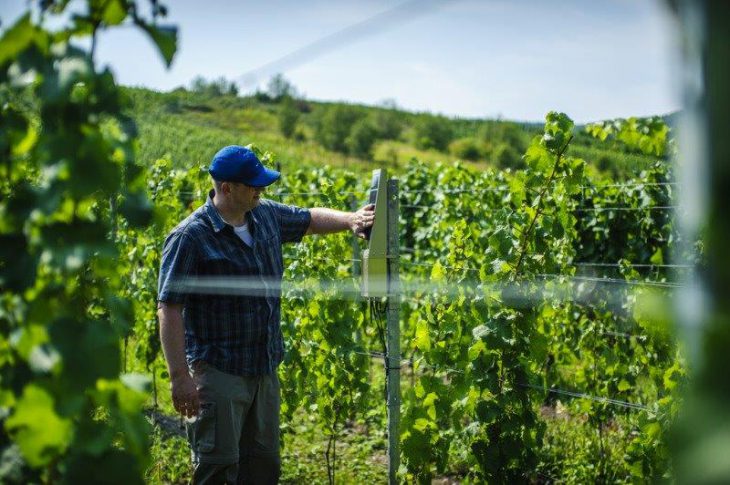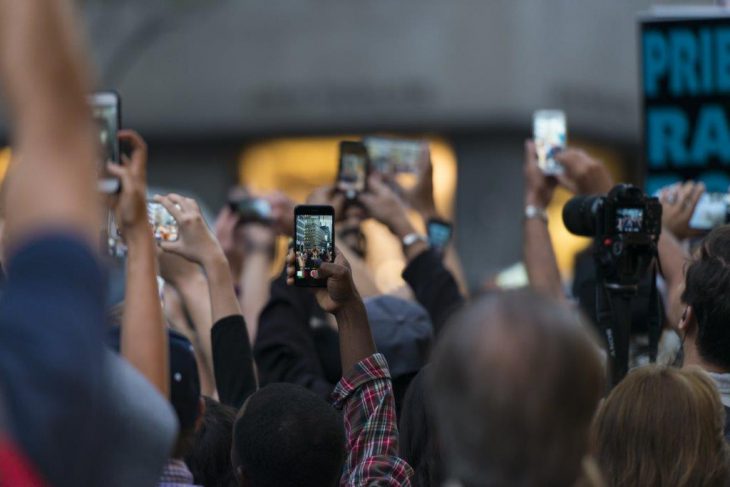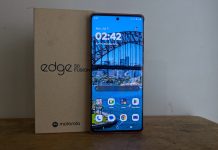
Telstra’s first Mobile World Congress 2017 media event brings us information on ambitious network infrastructure plans and the rollout of 5G as Telstra builds its “Network of the Future” and details of its Category-M1 IoT LTE network.
With Mobile World Congress’ focus on the hot new smartphones and related devices, sometimes its easy to forget that something has to power the networks to which those devices connect. Telstra today gathered Australian media attendees at Mobile World Congress to detail some of its plans for the future.
Managing network connectivity and the backhaul to those network access points and towers on your network is an unenviable and somewhat thankless task for carriers. If you do your job properly, nobody notices and life goes on. Over the years, some Australian carriers have messed this up and had to claw back confidence with the public. Shaking the stigma associated with both sudden and long-term network failures is difficult.
Telstra’s goal going forward is simple: build the best network in the world. As we look to the future, this is less straightforward than just building a larger pipe, and the company today made a good case for how it’s planning to support 5G and more with its Network of the Future.
Optical Transformation and the Programmable Network
Over three years, Ericsson will build out an expansion to Telstra’s long haul, regional and metro optical network and lay the foundations for massive future growth of the network, expanding capacity at key junctions in the network from today’s 100mbits looking to 1000mbits.
Telstra doesn’t just want to build a big pipe, though. Looking to the future, the company says its expecting to see 5x growth of data consumption across the network and this will be driven by a major expansion of media – specifically, video consumption. We already see this happening over current networks with the prevalence of video data carried into households on fixed networks and over mobile networks with the rise of Netflix in Australia and increasing usage of services like YouTube, to say nothig of Facebook’s increasing focus on video features.
To handle that growth, you need to be able to think smarter about the network. It’s no longer enough to just build a big pipe, the network needs to be smarter and know more about the data its carrying so it can provide the best experience for consumers. This might mean caching video chunks for longer to optimise delivery, or compressing data better for its target device. It needs to be able to grow and adapt to these needs and handle what’s being carried across it in best way possible.
That means that the “Network of the Future” is controlled by software, rather being split into vertical divisions in specific rigid pillars. It’s a series of data and network control centers around the country that can reroute traffic not only around faults but also to bring capacity to areas where it;’s in demand.
The programmable nature of the network is referred to as Network Function Virtualization, and its a feature thats already under construction, with Telstra reporting recent successful tests where the network was programmed to specifically support video packets. It’s early days for the programmable network, with the software layer expected to be built out over the next couple of years.
Telstra and Ericsson are both obviously excited to bring this infrastructure to Australian consumers. Given the company’s well publicised issues of the past year, it’s good to see specific attention paid to fault tolerance and network resilience – and really, you’d expect nothing less.

5G to the future
What’s all that additional bandwidth going to be used for? Simple: 5G. Or, 5G “NR” as Telstra’s engineers have dubbed it (“NR” means “New Radio”). We’ve already seen significant moves in the past year towards a 5G future.
Unsurprisingly, Telstra plans to be there and ready for 5G with 5G New Radio (5G NR) trials to prepare the company for an early 5G launch and there’s a few key milestones coming up for this early rollout.
Firstly, there’s the already known public trials of 5G at the Commonwealth Games in April 2018. Later next year there’ll also be a standards conference in Australia that Telstra will be hoping to use to influence evolution of the 5G standards to ensure its suited to Australian conditions.
It’s not that we’re particularly picky about our networks, it’s more that we have some pretty specific challenges due to the size of our landmass and distribution of our population around it. Rather than seeking to influence the standard, it’s just about ensuring we have a seat at the table and can push a successful early rollout.

Category-M1 IoT
Finally, Telstra’s bringing LTE Category-M1 IoT capability to its network, with an eye to supporting an industry that’s estimated to be worth billions in the coming years, both directly in Australian and global economies.
Telstra’s looking at simpler and lower-cost chips to support sensors and talking battery lifespan in years instead of hours. Sensors could go into buildings and support solutions in logistics, farming, tracking devices and smart meters going forward. Telstra’s expecting to discover emerging use cases the over the next year.
There’s a trial currently running in Tasmania with deployed technology at the Pooley winery bringing realtime telemetry (temperature, wind measurements, soil moisture, solar radiation and rainfall) from Hobart’s Pooley winery, carried over the Category-M1 network into the Telstra stand at MWC.
This is just the beginning of Telstra’s MWC announcements, and obviously the more technology-heavy one. We’ve additional events and briefings over the coming days, so expect to see more news coming.




